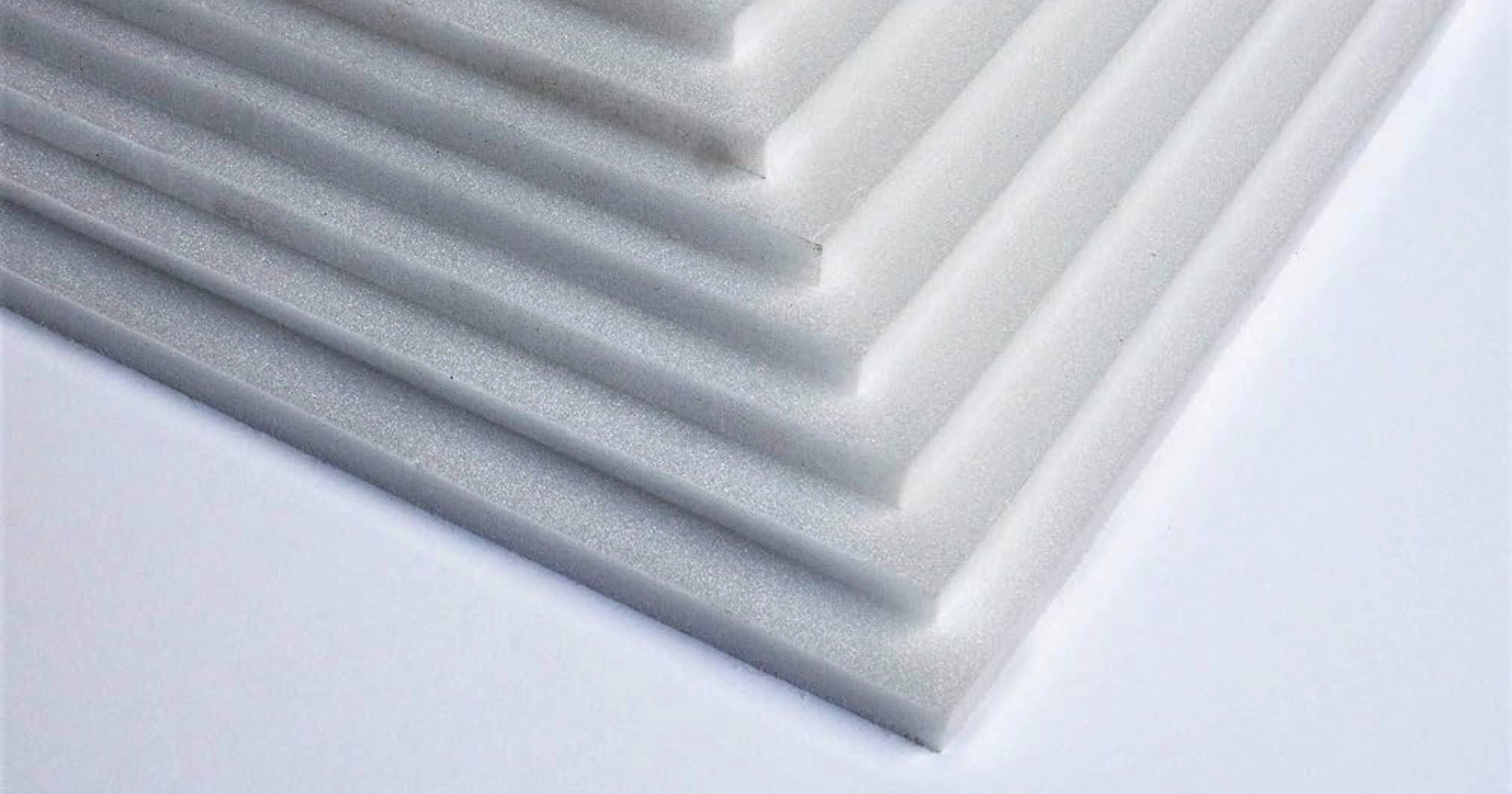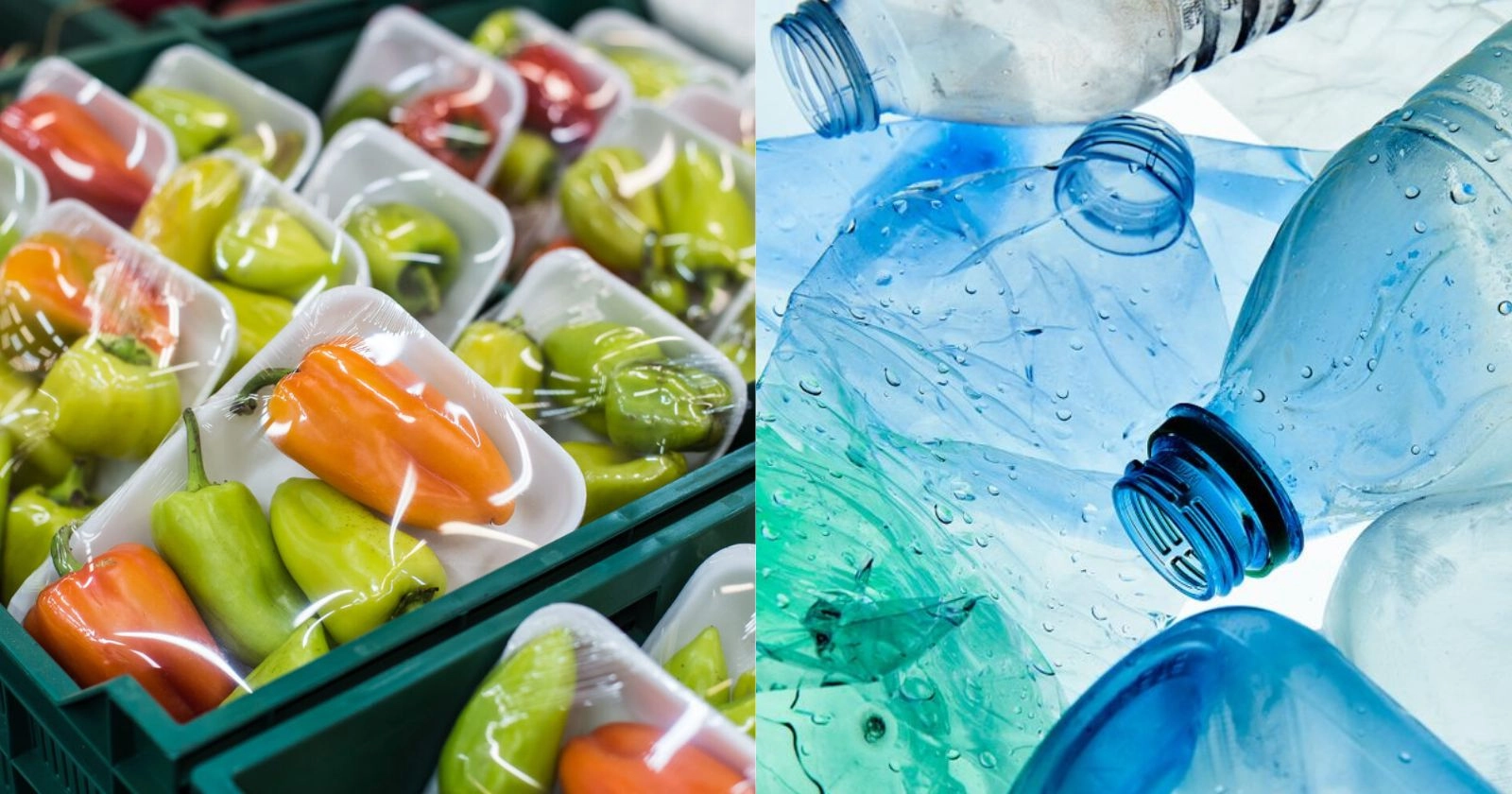Plastic’s discovery more than a century ago was a manufacturing marvel. Plastic is still the most widely used material in practically every industry due to its low cost of production and versatility the pharmaceutical packaging industry is no exception.
Plastic bottles are commonly used to package both liquid and solid medications. However, how do we determine which type of plastic is best for a given drug product?
Pharmaceutical drug products can be packaged using eight primary types of plastic, each with specific qualities and uses.
Polyethylene (PE)
Polyethylene (PE) is a widely used thermoplastic polymer composed of repeating ethylene units.
It exhibits excellent chemical resistance, low electrical conductivity, and a high strength-to-weight ratio.
PE comes in various forms, including high-density polyethylene (HDPE) and low-density polyethylene (LDPE), each with specific applications.
Polypropylene (PP)

Image Credit: @amazon.in
To create polypropylene (PP), we can swap out one hydrogen atom on the ethylene monomer for a methyl group (CH3).
Because PP has an additional methyl group, it is more resilient to gases and moisture than PE, making it a good material for storing liquid medication forms.
PP is more stable because of the increased interactions between the polymers caused by their shape. Because PP plastics can be autoclaved, sterile medication products can be made with them.
Polystyrene (PS)
Polystyrene (PS) results from replacing a hydrogen atom in PE with a benzene ring. It is found in diverse shapes and sizes, serving as opaque PS foam in food packaging and transparent crystal PS in disposable cups and plastic jars.
However, it is seldom employed in foam pellets for impact absorption or as the main material in pharmaceutical packaging due to its inadequate chemical resistance and permeability to gases and liquids.
Polyethylene Terephthalate (PET)
Polyethylene terephthalate (PET), a more expensive but transparent and stiff material perfect for bottles, is made by adding a terephthalate group to regular polyethylene.
PET is a strong gas and moisture barrier that can tolerate high temperatures. It stops carbon dioxide from escaping and is commonly used in plastic carbonated drink bottles.
PET containers are frequently used in pharmaceuticals to hold oral liquid dosage forms, such as syrups, emulsions, and suspensions.
Polyvinyl Chloride (PVC)
We can create polyvinyl chloride (PVC) by substituting a chlorine atom for one of the hydrogen atoms in ethylene monomeric units, thereby resolving the reactivity issue.
As a result, PVC is less reactive than PE and PP toward non-polar liquids.
PVC is a transparent, flexible material that works well for holding intravenous liquids, such as saline solutions and glucose. Blister packs can also be used as a plastic covering.
Polycarbonate (PC)
A transparent and strong thermoplastic with a high impact resistance is called polycarbonate (PC). It is frequently utilized in the production of durable plastic goods, electronics, and lenses for eyewear.
High-Density Polyethylene (HDPE)
Because of its exceptional chemical resistance and low moisture absorption, High-Density Polyethylene (HDPE), a thermoplastic polymer with a high strength-to-density ratio, is extensively used for pipes, packaging, and other long-lasting applications.
Low-Density Polyethylene (LDPE)
Made from ethylene monomers, low-density polyethylene (LDPE) is a thermoplastic renowned for its moisture resistance, transparency, and flexibility.
It is frequently utilized in disposable gloves, packaging materials, and other molded goods.
Acrylonitrile Butadiene Styrene (ABS)
ABS is a thermoplastic polymer known for its high strength, impact resistance, and versatility, commonly used in manufacturing consumer goods, automotive parts, and 3D printing.
Poly(methyl methacrylate) (PMMA)
Poly(methyl methacrylate) (PMMA) is a transparent thermoplastic commonly used as a lightweight and shatter-resistant alternative to glass in products like acrylic glass and optical lenses.
It is known for its clarity, weather resistance, and versatility in various applications.
Polyethylene Naphthalate (PEN)
Polyethylene naphthalate (PEN) is a high-performance polyester resin known for its excellent thermal and mechanical properties, making it suitable for applications in packaging, electronics, and industrial materials.
PEN exhibits enhanced temperature resistance compared to traditional polyesters like PET.
Polyvinylidene chloride (PVDC)
Polyvinylidene chloride (PVDC) is a polymer known for its high barrier properties, commonly used as a protective coating for food packaging to prevent permeation of gases and moisture.
It provides excellent resistance against external elements, extending the shelf life of packaged products.
Ethylene Vinyl Alcohol (EVOH)
Ethylene Vinyl Alcohol (EVOH) is a copolymer known for its excellent barrier properties against gases and chemicals, making it widely used in food packaging to prevent spoilage.
Its high transparency and resistance make it valuable in various industries for creating protective barriers.
Cyclo Olefin Polymer (COP)
Cyclo Olefin Polymer (COP) is a transparent and high-performance polymer with excellent optical properties, often used in the manufacturing of medical devices, optical components, and packaging materials.
Its low water absorption and chemical resistance make it suitable for various applications.
Polyamide (PA) or Nylon
Polyamide, commonly known as Nylon, is a versatile synthetic polymer with high strength and durability, widely used in textiles, engineering plastics, and various consumer goods.
Its excellent resistance to wear and chemicals makes it valuable in diverse applications.
Biodegradable Plastics
Biodegradable plastics are materials designed to break down naturally over time, with microorganisms breaking them into simpler compounds.
Unlike traditional plastics, they offer a more environmentally friendly end-of-life disposal option.
Multi-layered Packaging
Multi-layered packaging involves the use of multiple layers of materials in product packaging to enhance protection, preservation, and presentation, offering a versatile solution for various industries.
This approach aims to optimize barrier properties, durability, and aesthetic appeal.
Blister Packaging
Blister packaging is a type of pre-formed plastic packaging that securely encases products, providing visibility and protection against external elements.
It typically consists of a transparent blister (plastic cavity) attached to a backing card.
Plastic Containers
Plastic containers are versatile storage solutions made from synthetic polymers, offering durability and lightweight for packaging various goods.
They are widely used in households and industries for their cost-effectiveness and convenience.
Pharmaceutical Packaging Regulations
Pharmaceutical packaging regulations ensure the safety, efficacy, and integrity of drug products.
They encompass stringent guidelines for labeling, child-resistant packaging, tamper-evident features, and adherence to Good Manufacturing Practices (GMP) to safeguard public health and maintain product quality throughout the supply chain.
Pharmaceutical packaging can benefit from the versatility and affordability of plastics, as a variety of monomers are available to accommodate various drug types.
Plastics offer a less expensive, more easily manufactured and transported containment alternative than glass, despite not being as chemically inert.
Appropriate plastic packaging Should have:
- Possess minimal reactivity with the excipients and active ingredients
- To avoid introducing chemicals into the medication (which is mostly in liquid form).
- To avoid accumulating electrostatic charge while being transported and stored.
- Be in harmony with the pH, solvent being used, and storage conditions (temperature and humidity).
- Give the medication product a suitable shelf life, which is typically one to five years—the amount of time it takes for a 10% decrease in the concentration of the active ingredient.
- It has minimal effects on the environment and is recyclable.
Frequently Asked Questions For Exploring the Types of Plastic Used in Pharmaceutical Packaging
What are the common types of plastic used in pharmaceutical packaging?
Common types include Polyethylene (PE), Polypropylene (PP), Polyethylene Terephthalate (PET), and Polyvinyl Chloride (PVC).
Why is Polyethylene (PE) commonly used in pharmaceutical packaging?
PE is favored for its durability, flexibility, and chemical resistance, making it suitable for various packaging applications.
What makes Polyvinyl Chloride (PVC) a preferred choice in pharmaceutical packaging?
PVC is known for its clarity, impact resistance, and barrier properties, making it suitable for transparent packaging.
Are there environmentally friendly plastic options for pharmaceutical packaging?
Yes, some pharmaceutical packaging incorporates biodegradable plastics or materials with lower environmental impact.
Why is Polyethylene Terephthalate (PET) commonly used for liquid pharmaceuticals?
PET provides transparency, rigidity, and excellent barrier properties, making it suitable for liquid oral dosage forms.
What considerations are important when choosing plastic for pharmaceutical packaging?
Factors include chemical compatibility, barrier properties, transparency, and the specific requirements of the pharmaceutical product.
Can plastic packaging affect the stability of pharmaceutical products?
Yes, certain plastics may interact with pharmaceuticals, highlighting the importance of selecting packaging with minimal reactivity.
Are there regulations governing the use of plastics in pharmaceutical packaging?
Yes, regulatory bodies set standards to ensure the safety and quality of pharmaceutical packaging materials, including plastics.
How do multi-layered plastic packaging solutions benefit pharmaceutical products?
Multi-layered packaging enhances barrier properties, protecting pharmaceuticals from external factors such as moisture and gases.
Are there alternatives to traditional plastics in pharmaceutical packaging?
Yes, ongoing research explores the use of innovative materials, such as bio-based plastics, for more sustainable pharmaceutical packaging solutions.
Conclusion.
Plastic’s enduring popularity since its discovery stems from its cost-effectiveness and versatility, making it a cornerstone in various industries, including pharmaceutical packaging.
As pharmaceuticals utilize plastic bottles for both liquid and solid medications, the challenge lies in selecting the most suitable plastic-type among the eight available, each tailored to specific qualities and applications for optimal drug product packaging.



